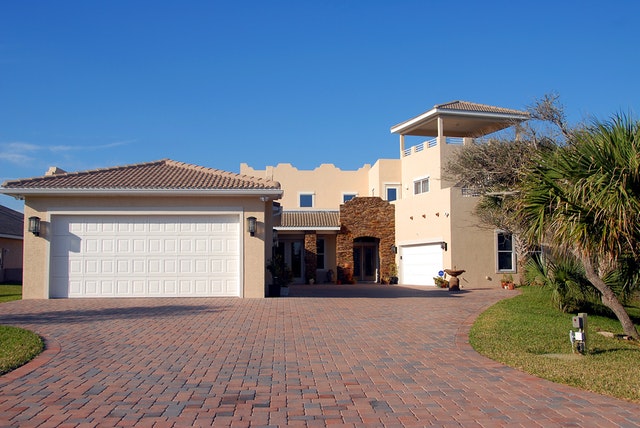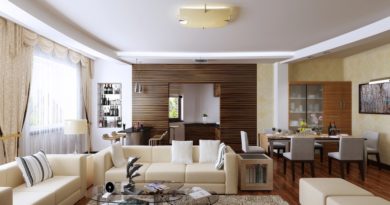Increase the Value of Your Home by Expanding It
Is your home getting too small and does not meet the needs of the family needs anymore. Do you just want to increase the asking price? Well, expanding your home is the way to go. This is one of the most surefire strategies to infuse the house with more value. Various projects also allow you to accomplish other things, like connecting your interior to the yard, improving lifestyle, making a style statement, etc. Just bear in mind that building an addition is a complex and expensive endeavor. Not every investment brings a dollar-for-dollar payback. Besides, there are multifarious factors to assess before taking the plunge.
Numbers game
The ROI depends on the size and condition of your home, as well as its location. Likewise, it is important to know when you plan to sell and what kind of addition you should make. So, factor in the costs of extending the roof, building foundations, exterior finishing, heating, cooling, wiring, and siding. Take into account the square footage: additions range from $100 to $250 per square foot. The good news is that there are many online calculators that can help you work out total figure. Know that decks, extra rooms, bathrooms, and kitchens are the king when it comes to ROI. Also, attic bedroom is worth considering as it offers around 80% ROI.
Setting clear goals
Money should be in focus when going about expansions, but there are many other benefits you can reap apart from boosting the resale value. You could gain space for a home office, accommodate a growing family, assemble a room for your hobbies and passions, etc. So, determine what exactly you want the additional space to represent: a family room, dining area, extra bathroom, workshop, guest room, or something else. Once you set a clear goal and purpose, you need to figure out the most suitable location. The choice usually comes down to the dilemma of adding completely new space or expanding the existing one.
Sound decision-making
Along the similar lines, you can blend the space seamlessly with the architectural core of the home or let it be completely separate. Both tactics have their pros and cons you should weigh. At this point, you might want to consult a professional architect or design, especially if you cannot even tell the difference between the load-bearing and non-load-bearing walls. In any event, it is not a good idea to overwhelm the existing structure. It always pays off to pay close attention to the scale and proportions. Determine what makes more sense: one larger block of space or a set of smaller (possibly connected) areas.
Going vertical
If you cannot expand horizontally, do not fret and think vertically. Raise the roof to make your rooms more airy and spacious. You might also be able to build a whole extra floor. Yes, it is a costly project, but not that much compared to other expansions as you do not have to lay the foundations. Also, take your time to identify optimal solutions that will serve as structural elements of the addition. Consider flexible, pre-fabricated solutions like steel wall framing to reduce costs. They are an excellent lightweight alternative to conventional timber wall, structured steel, and roof trust packages.
Expanding outwards
One of the most common projects involves establishing a connection to the yard and blurring the lines between the interior and the outdoors. You can pull this off by installing new doors that open to an outdoor room on the patio, which is equipped with all the staples like furniture. This is one of the most alluring features that modern buyers and renters seek and it also adds 60-80% of the project cost in value. If you invest a bit more, you could enjoy outdoor living all year round. Another approach would be to move away from an existing house and create a standalone pavilion.
Face value and beyond
Expanding your home is a worthy investment that could pay rich dividends. To make it happen, explore various possibilities before making a commitment. Come up with the most cost-effective and impactful way of gaining more space. Whenever in doubt, seek professional guidance. Prioritize ROI— the percentage of project costs added as a value to the home. Most often, you are better off complementing the original structure instead of overshadowing it. And if you play it smart, you will turn heads around the neighborhood, grab the attention of buyers, and fulfill your ownership goals.






